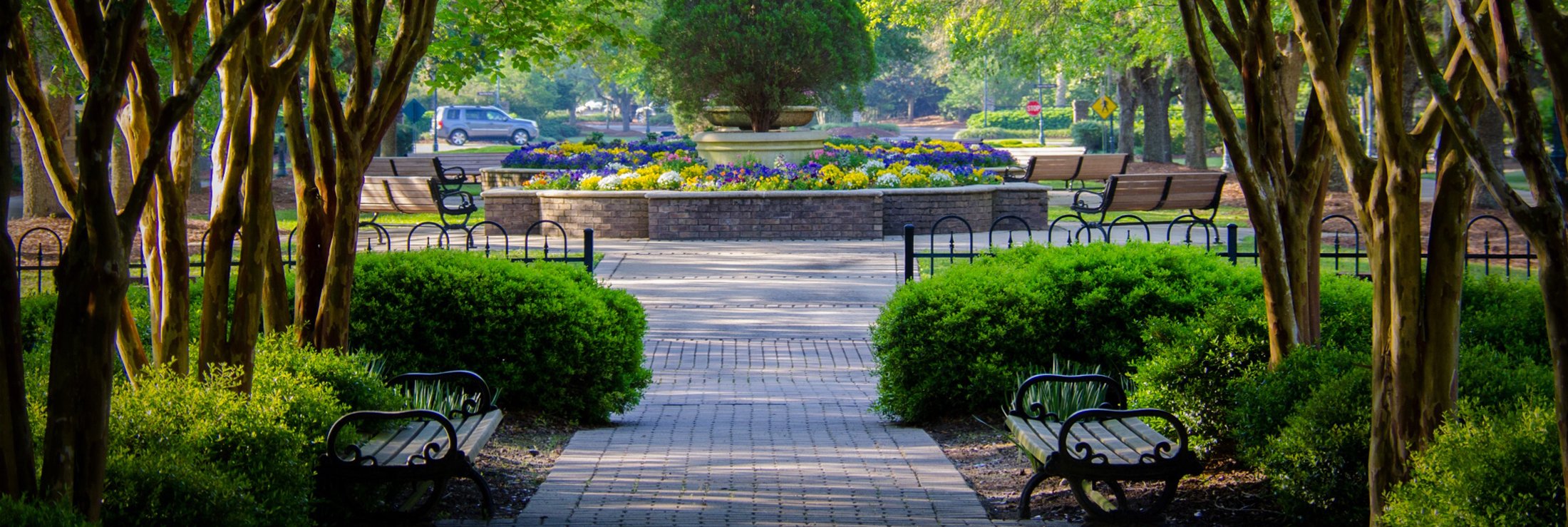
Summer is well underway and while we were all excited in the Spring to see the flowers blooming and the grass greening up, with the “dead of summer” comes some landscape aspects we don’t like. One of the most common complaints I hear this time of year is about how “tall” the grass is.
If this thought has crossed your mind, you have most likely been noticing the seed heads of your turf grass.
There are four main types of turf grasses in the Lowcountry…. Zoysia, Centipede, Bermuda, and St. Augustine.
Grasses ensure their health and survival through different means. Most grasses spread and establish new turf stands through underground and above ground stems called rhizomes and stolons. However, many grass re-establish themselves through seed. While all grasses produce seed heads, Zoysia and Centipede grass produces them rapidly. The second after it is cut the plant’s natural response is to produce seed, and it is good at what it does. While a Zoysia and Centipede’s method of dissemination certainly is much more noticeable than the other grasses in, it is a natural occurrence of the plant. In fact, it is an occurrence that shows that the grass is happy, healthy and thriving.

So the next time you look out your window or are driving into your neighborhood and think, “this grass needs to be cut”, take a moment to ponder the complexity of nature and how it wonderfully renews itself.

